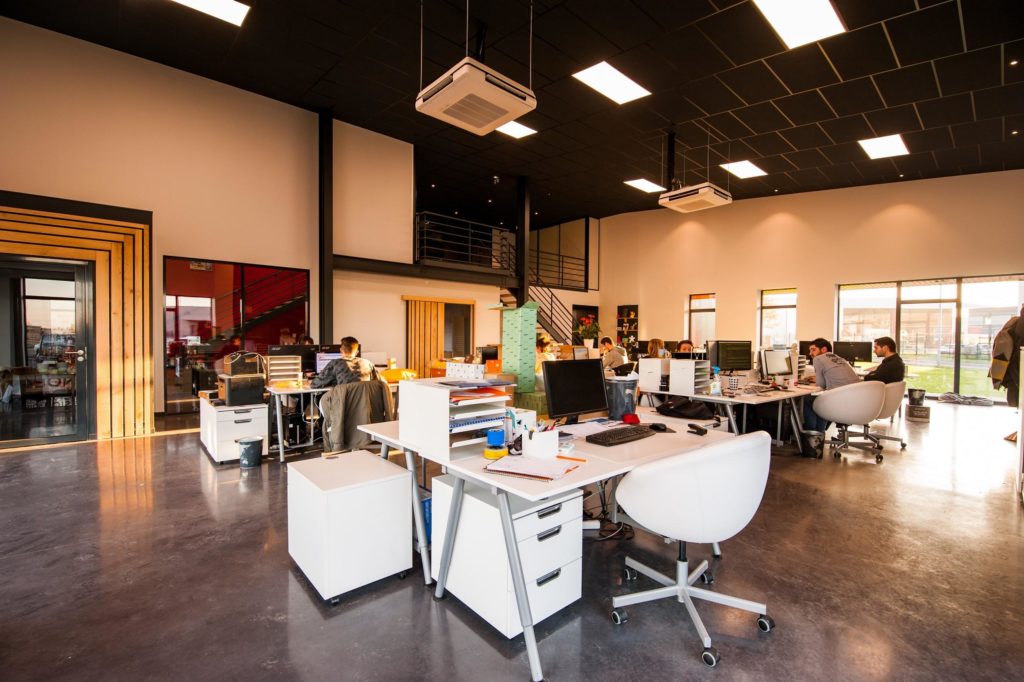Google recently announced that it would be updating its ranking algorithm to take account of something it calls page experience. You can think of this moniker as describing the level of delight that a person experiences when interacting with your web pages. The faster your pages load, and the better the security, the better the overall feel of interacting with a site.
The fully-fleshed out update will only arrive in 2021. It will include a bunch of “core web vitals” that the company will use to evaluate pages. But even right now, in 2020, firms need to be mindful of page experience. More than half of the factors that will contribute to the new page experience update already apply today.
The best web designer professionals on the internet know intuitively how you make users feel matters to SEO. If you can’t get people to “dwell” on your pages, then it is a sure sign that something is amiss. Customers who find your content should want to interact with it for a reasonable length of time. If they don’t, then it tells Google there is a problem. And if the search giant decides that you’re not providing a quality experience, it’ll downrank you, no matter how relevant the content.
So what can you do to improve page experience right now and signal to Google you’re the best on the web?
Switch To HTTPS
Google tracks the number of websites using the HTTPS protocol. Back in 2011, a little under 20 percent used it. The rest were HTTP. However, the number rose steadily over the last decade, reaching around 80 percent at the start of 2020.
The search giant is keen to push HTTPS because it offers more security than prior versions. And it counts that as part of its “page experience” metric. So unless you move your content over, it could be affecting your ranking versus similar sites that use the updated standard.
Improve Loading Times
Loading times are another significant contributor to page experience. Users want to be able to access content fast, without having to wait for things like pictures to load, especially on mobile devices. There are all sorts of ways that you can reduce loading times, from content delivery networks to compacting your code.
Removing Intrusive Pop-Ups
Google calls pop-ups “interstitials,” but they essentially describe the same thing. These are page elements that layer on top of the content that the user wants to access. They are almost always commercial in nature. They ask for contact details or money before forwarding the user to the material they wish to consume.
Google knows that this is a common practice, but it doesn’t like it. According to its research, it damages the user experience and hurts the reputation of its search engine. Ideally, the firm would prefer that websites eradicate these features.
If you use a pop-up box, your best bet is to replace it with a simple subscription form. This way, you avoid stoking the ire of Google.










